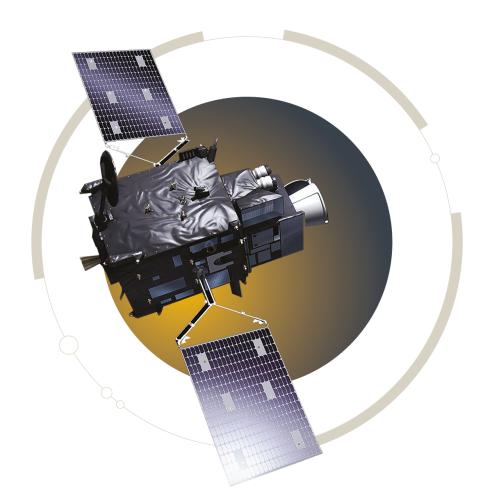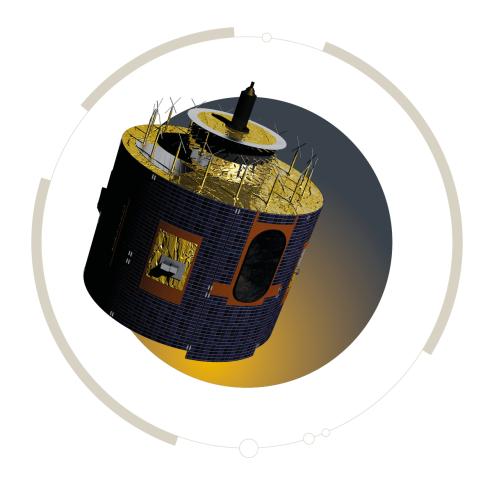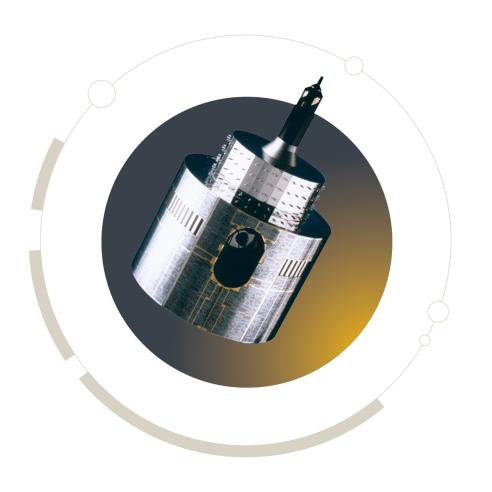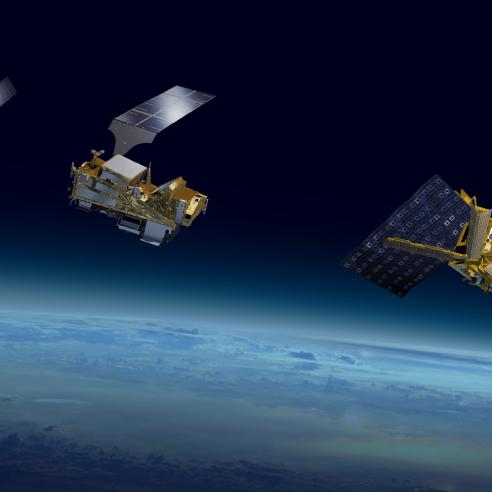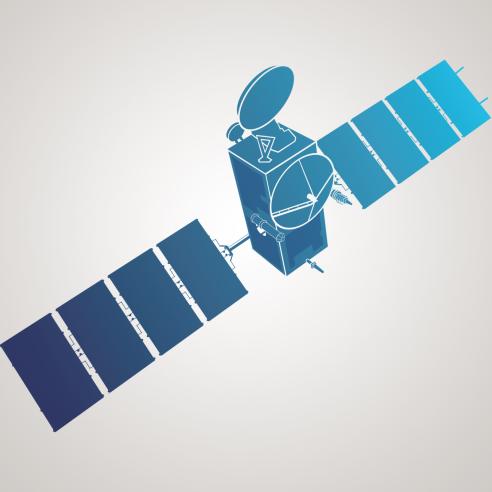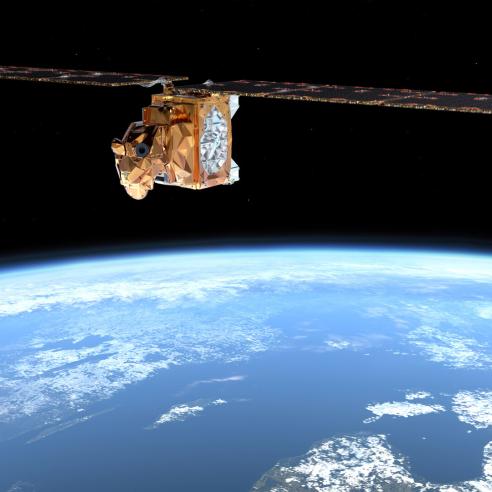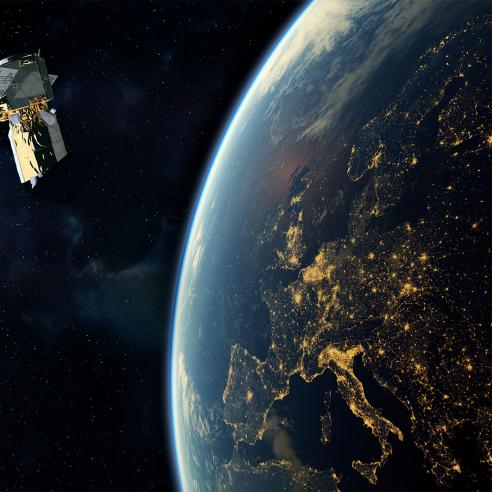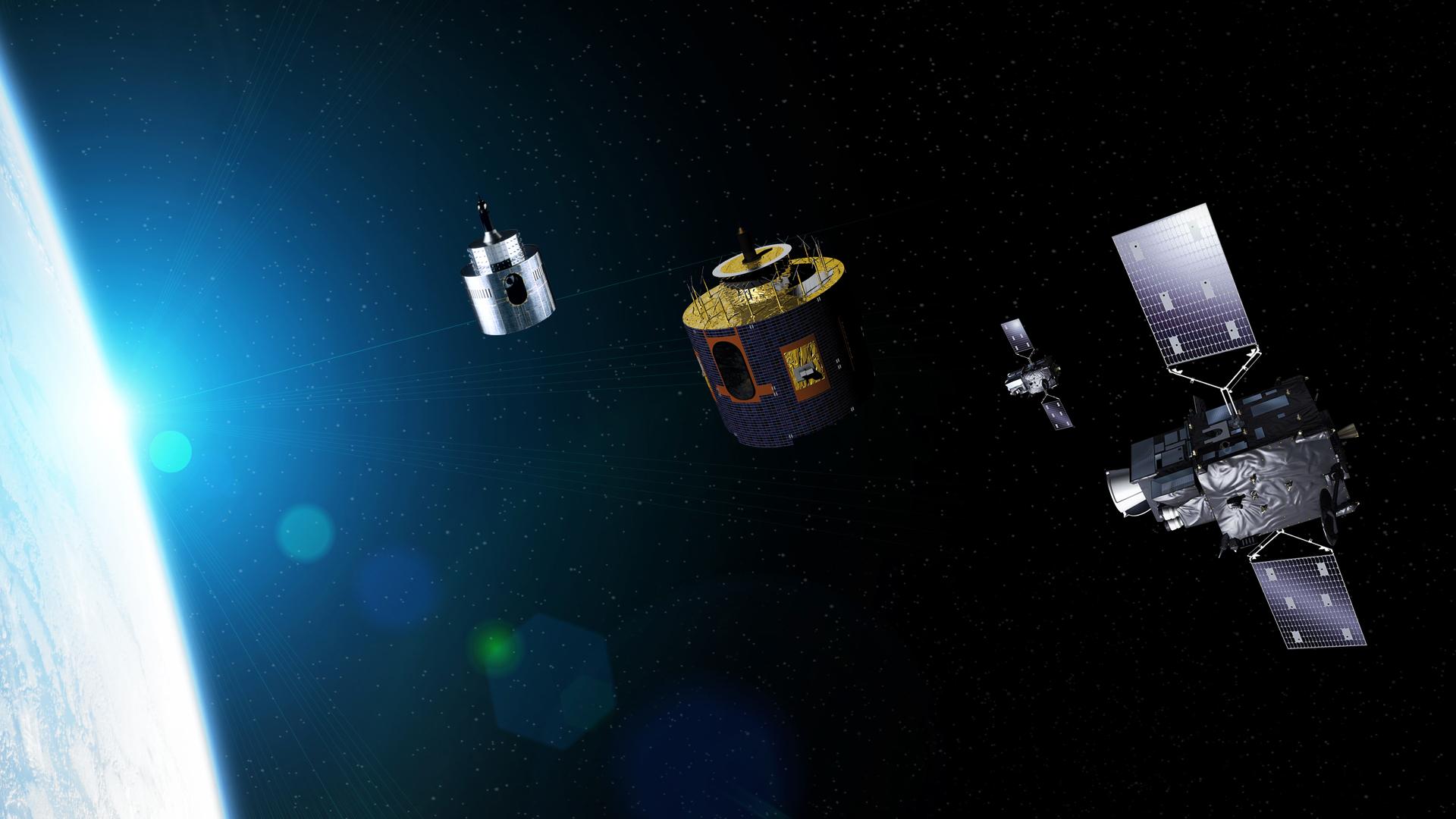
Meteosat series
Geostationary satellites providing imagery for the early detection of fast-developing severe weather, weather forecasting and climate monitoring

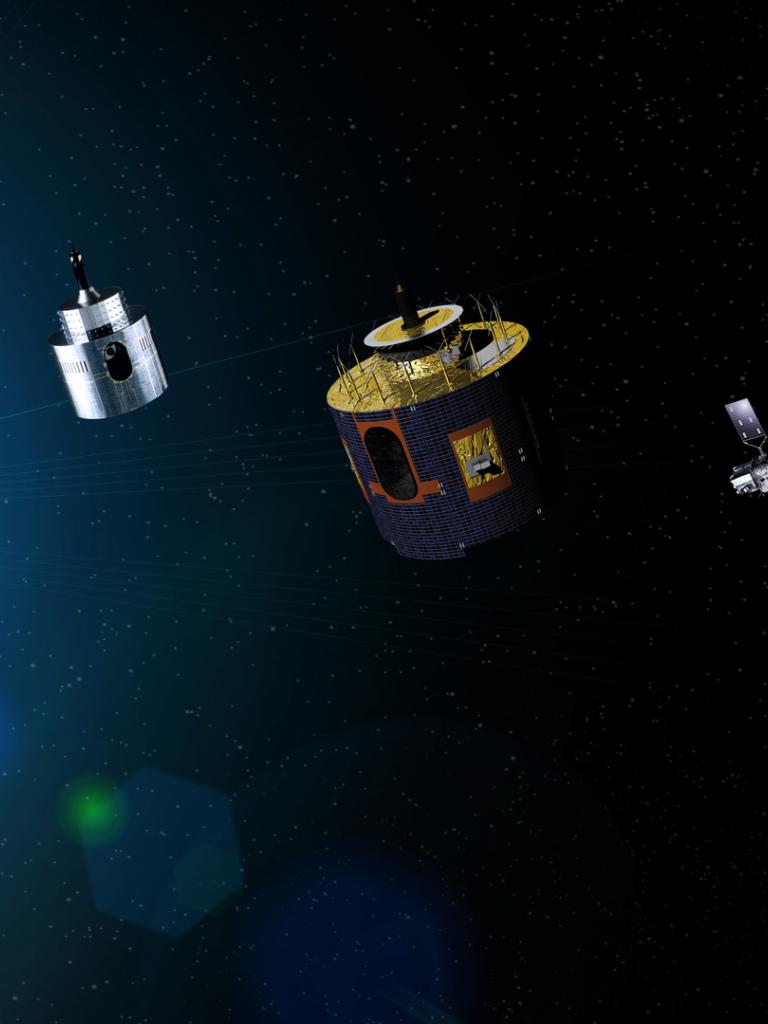
The Meteosat series of satellites has been providing crucial data for weather forecasting since 1977.
25 August 2025
15 April 2020
Meteosat satellites are in geostationary orbit, so they orbit the Earth at the same rate that the Earth rotates about its axis. This enables continuous observations of around one-third of the Earth’s surface from their orbit 36,000km above the equator.
Observations from geostationary orbit can save lives on Earth, as changes in weather and climate significantly impact not only our economy and infrastructure but also our lives. According to the World Meteorological Organization, there were more than 11,000 disasters attributed to weather, climate and water-related hazards, which accounted for just over two million deaths and 3 trillion euros in losses between 1970 and 2019. Severe weather phenomena such as storms or even heavy fog can pose a significant threat to safety or business efficiency that require timely warnings to minimise their impact.
To issue warnings and support decision makers, weather forecasters perform “nowcasting” to detect, in real time, rapidly developing situations of high impact weather, and predict their evolution a few hours ahead. Nowcasting requires very frequent, high-quality observational data about the state of the atmosphere in real time - data that advanced geostationary weather satellites such as Meteosat can deliver continuously from their fixed viewpoint above the Earth’s surface.
The Meteosat satellites are also able to deliver information on winds by observing the displacement of clouds and water vapour patterns; an essential input for numerical weather prediction models. These complement other observations made by polar-orbiting satellites such as Metop, which remain the primary source for global numerical weather prediction models.
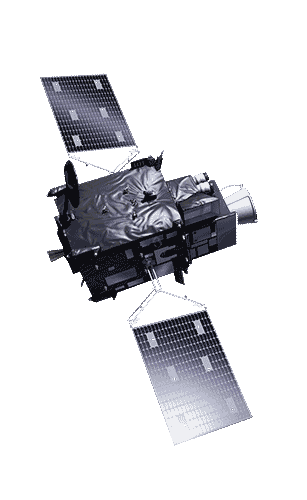
Next generation satellites
The new generation of Meteosat satellites, Meteosat Third Generation (MTG) are Europe’s most advanced geostationary meteorological satellites. In addition to the Flexible Combined Imager instrument, they carry the Lightning Imager instrument, which will provide continuous, near-real time data that can be used to detect, monitor, and track lightning. Four cameras cover more than 86% of the Earth disc visible from the satellite and detect lightning including cloud-to-cloud, cloud-to-ground, and intracloud flashes.
This is the first time a geostationary weather satellite will have the capability to detect lightning data across a broad area over Europe, Africa, and the surrounding oceans. MTG will also provide observations of vertical temperature and humidity profiles at temporal and spatial scales previously unavailable. MTG satellites will ensure that Meteosat’s valuable contribution will continue into the 2040s.
The first MTG satellite, Meteosat-12, is now operational in geostationary orbit covering Europe and Africa and surrounding seas.
Using MTG data
MTG data provides a major boost to both nowcasting as well as short-range numerical weather prediction models.
Data collected by all Meteosat satellites is stored in EUMETSAT's long-term data preservation facility in Darmstadt, Germany. This includes essential information about clouds, solar radiation at the Earth’s surface, sunshine duration, precipitation, surface temperature, aerosols, wildfires, droughts, upper air winds, the life cycles of tropical storms, and much more.
The data are then used to create and maintain long-term climate data records together with the network of EUMETSAT Satellite Application Facilities. These long-terms records are, in turn, used in global reanalysis efforts (such as those undertaken by the European Centre for Medium-Range Weather Forecasts (ECMWF) as part of the Copernicus Climate Change Service) and further downstream in a variety of climate services.
The contribution of geostationary satellites towards climate monitoring is significant, with more than 45 years of Meteosat observations already accumulated. These data play a key role in important climate reports such as the Sixth Assessment Report in 2021 issued by the United Nation’s Intergovernmental Panel on Climate Change as well as the annual European State of the Climate compiled by the Copernicus Climate Change Service.
Meteosat satellites in orbit
EUMETSAT currently operates three satellites from the Meteosat Second Generation, Meteosat-9, -10 and -11 in geostationary orbit (36,000km) over Europe, Africa and part of the Indian Ocean. It also operates the first satellite of the Meteosat Third Generation series, Meteosat-12.
Meteosat Series Launch Timeline
Meteosat First Generation

Meteosat-1
Launched on 23 November 1977, retired 25 November 1979
Meteosat-2
Launched on 19 June 1981, retired 11 August 1988
Meteosat-3
Launched on 15 June 1988, retired 31 May 1995
Meteosat-4
Launched on 6 March 1989, retired 8 November 1995
Meteosat-5
Launched on 2 March 1991, retired 16 April 2007
Meteosat-6
Launched on 19 November 1993, retired 15 April 2011
Meteosat-7
Launched on 2 September 1997, retired 31 March 2017
Meteosat Second Generation (MSG)
Meteosat-8
Launched on 28 August 2002, retired 1 July 2022
Meteosat-9
Launched on 22 December 2005 - provides imagery over the Indian Ocean. Operating until 2027.
Meteosat-10
Launched on 5 July 2012
Meteosat-11
Launched on 15 July 2015 - provides imagery every 5 minutes over Europe and North Africa

Meteosat Third Generation
Imager

Meteosat-12
Launched on 13 December 2022 - primary operational satellite at 0 degrees providing full disc imagery every 10 minutes
MTG-I2
(to be renamed Meteosat-14 after commissioning) planned April – September 2026
MTG-I3
(to be renamed Meteosat-15 after commissioning) planned around 2033
MTG-I4
(to be renamed Meteosat-17 after commissioning) planned around 10 years after MTG-I3
Sounder
MTG-S1
(to be renamed Meteosat-13 after commissioning), launched on 1 July 2025
MTG-S2
(to be renamed Meteosat-16 after commissioning), planned around 10 years after MTG-S1

